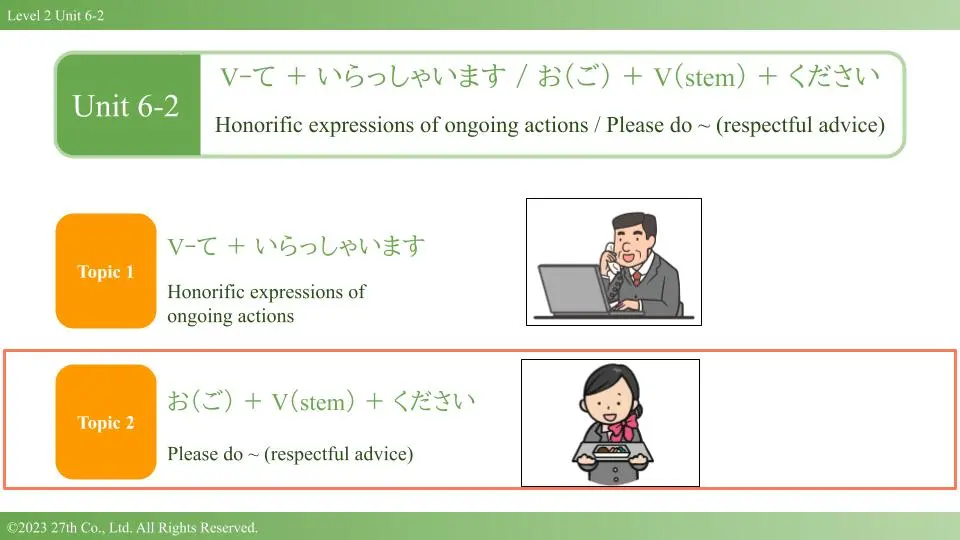
o-verb-stem kudasai (お〜ください): Beginner’s Guide to Respectful “Please Do” in Japanese
Introduction You already know basic “please” in Japanese—〜てください.But when you must ask a customer, guest, or professor to do something, you upgrade... Read more.
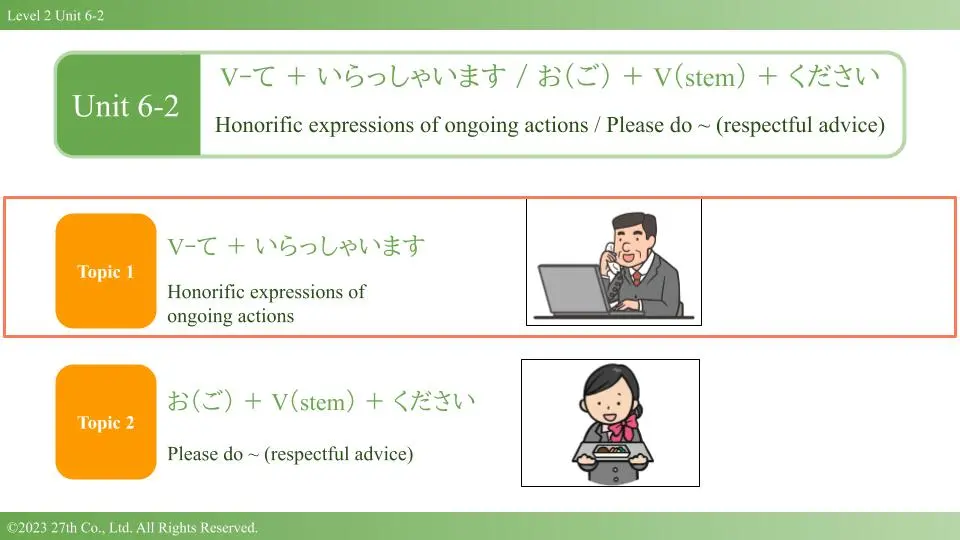
V-te irasshaimasu (て いらっしゃいます): Beginner Guide to Honorific “-ing” in Japanese
Introduction Need to say “Professor Tanaka is reading” or “The CEO is on the phone” politely?Use the honorific progressive form V-て いらっしゃいます.... Read more.
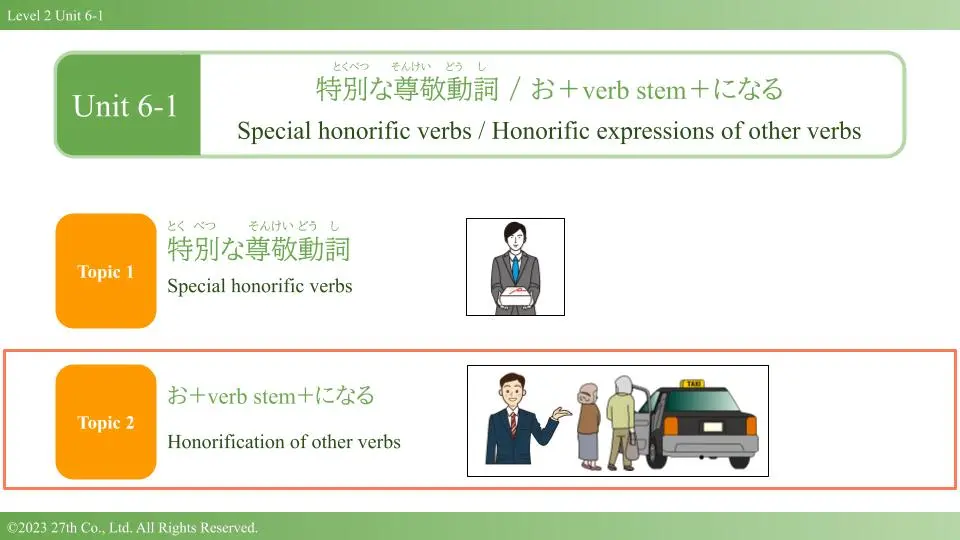
o-verb-stem-ni naru (お〜になる): Beginner’s Guide to Honorifying Japanese Verbs
Introduction You already know there are a handful of special honorific verbs like いらっしゃる and 召し上がる. But how do we show respect for all the... Read more.

special honorific verbs (sonkeigo): quick guide for beginners
Introduction In Japanese, actions done by people of higher social status than you (such as your superiors, teachers or customers) have to be described with politeness... Read more.
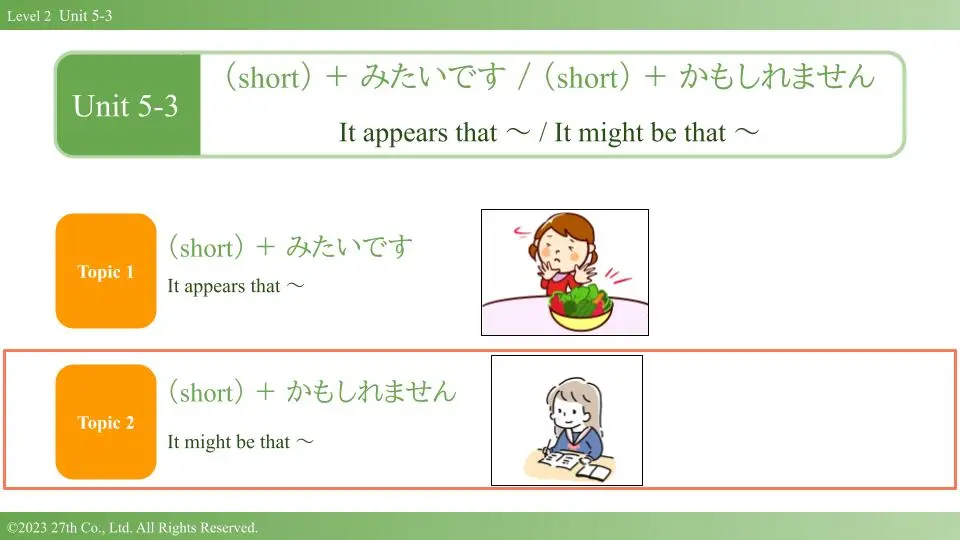
kamoshiremasen (かもしれません): Essential Japanese “Maybe” Grammar
Introduction Wondering how to say “maybe,” “might,” or “may have” in Japanese? The expression you need is (short form) + かもしれません. It lets... Read more.

How to Use 〜みたいです and ようです in Japanese | It Looks Like / It Seems That
Introduction Have you ever wanted to say “It looks like…” or “It seems that…” in Japanese? The expression you need is: 👉 (short form) + みたいです... Read more.
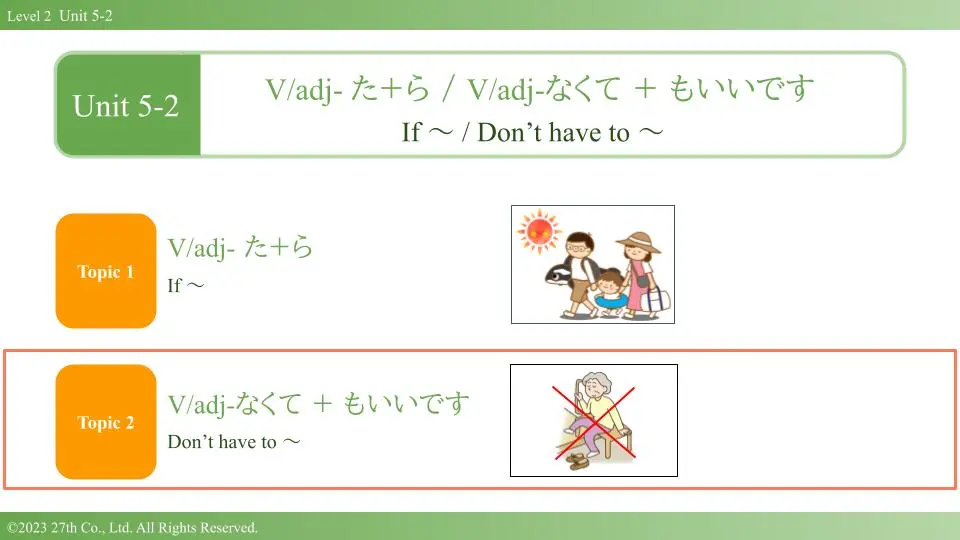
How to Say “Don’t Have to” in Japanese | ~なくてもいいです
Introduction Want to say “You don’t have to ~” in Japanese?This is useful when talking about rules, flexibility, or being polite and considerate. The... Read more.
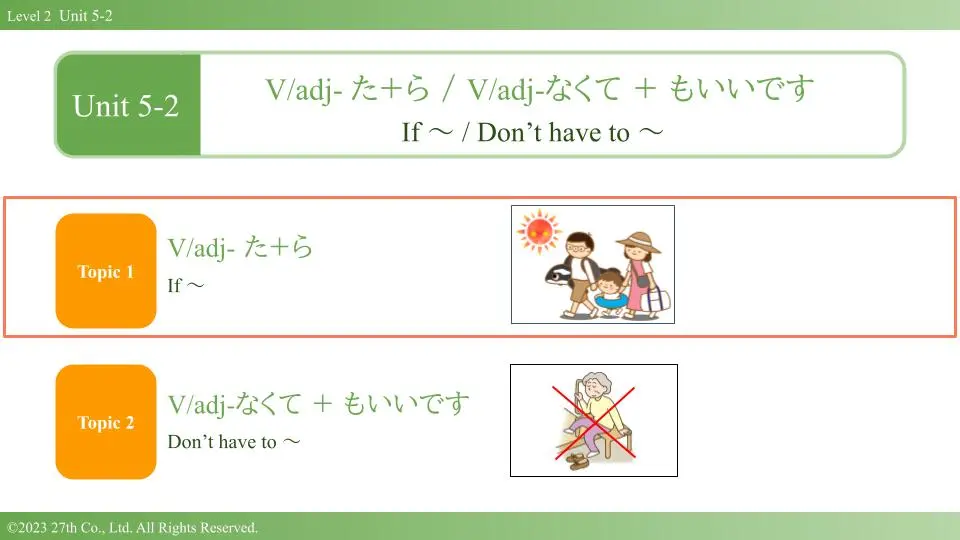
How to Use the Japanese Conditional たら | “If” and “When” Grammar
Introduction Want to say “If…” or “When…” in Japanese?Then it’s time to learn the たら-form: 👉 V / adj (short past) + ら This grammar lets you... Read more.

How to Use ~って in Japanese | Casual “I Heard That” Grammar
Introduction In casual Japanese, when you want to say “I heard that…”, you don’t always need to use ~そうです.Instead, you can use a more relaxed and... Read more.
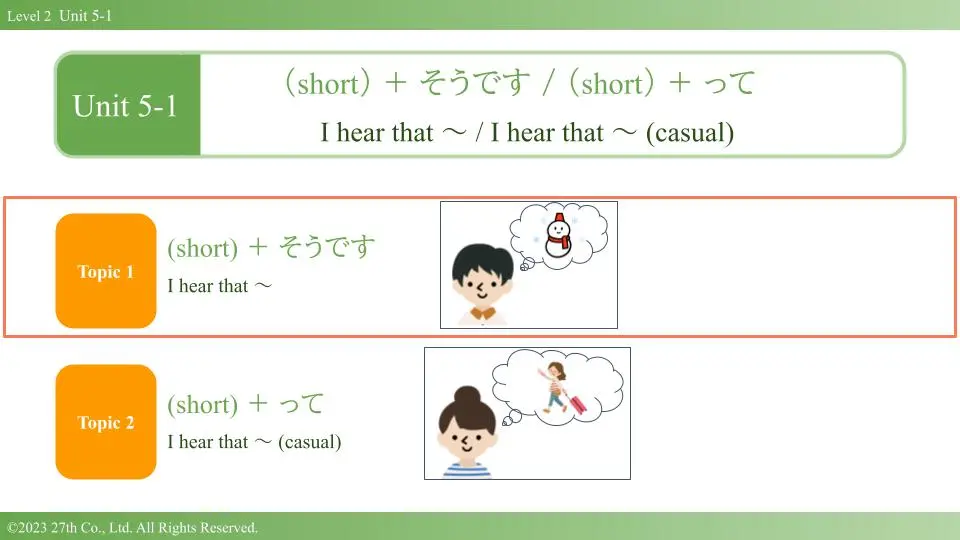
How to Use “~sou desu” to Say “I Heard That…” in Japanese
Introduction Want to say “I heard that…” or “They say that…” in Japanese?You can use the grammar pattern: 👉 Short (plain) form + そうです This... Read more.
